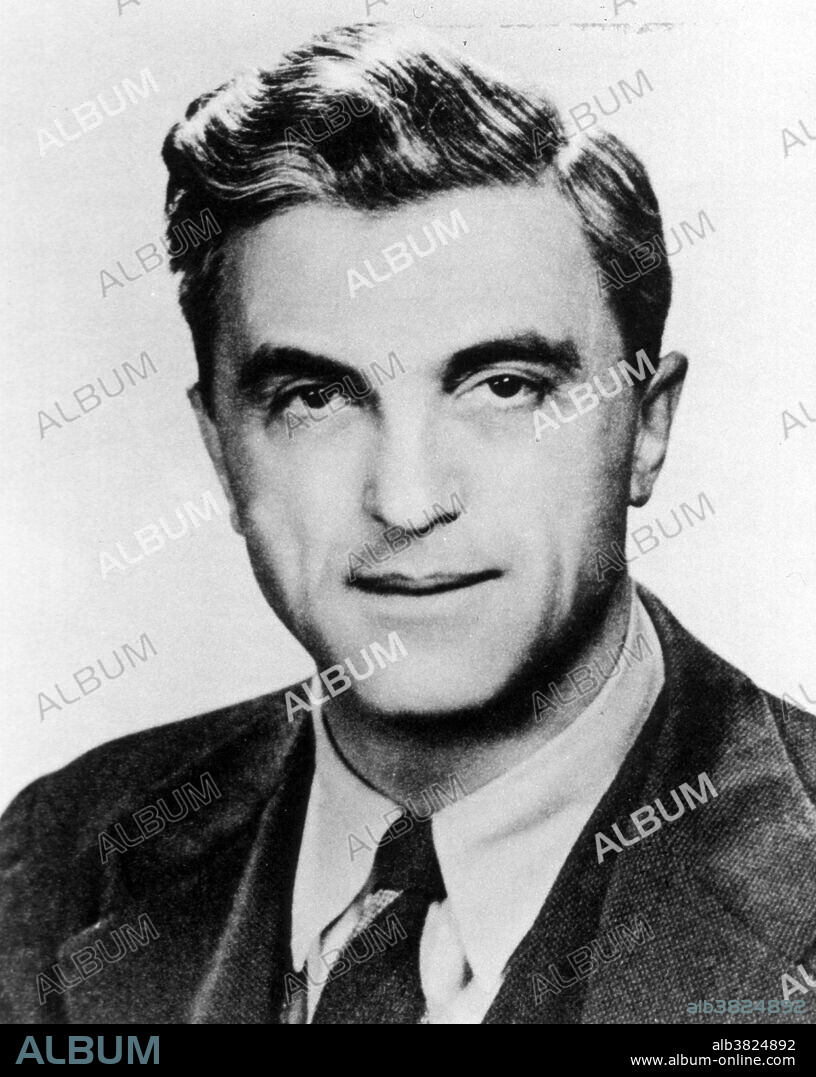alb3824892
Felix Bloch, Swiss-American Physicist

|
Ajouter à une autre Lightbox |
|
Ajouter à une autre Lightbox |



Avez-vous déjà un compte? S'identifier
Vous n'avez pas de compte ? S'inscrire
Acheter cette image.
Sélectionnez l'usage:

Titre:
Felix Bloch, Swiss-American Physicist
Légende:
Voir la traduction automatique
Felix Bloch (1905-1983) was a Swiss-American physicist. His doctoral thesis (1928) established the quantum theory of solids, using Bloch waves to describe the electrons. In 1933, after Hitler came to power, he left Germany. In 1938, Bloch began working with the University of California at Berkeley's cyclotron to determine the magnetic moment of the neutron. During WW II he worked on nuclear power at Los Alamos National Laboratory, before resigning to join the radar project at Harvard University. After the war he concentrated on investigations into nuclear induction and nuclear magnetic resonance, which are the underlying principles of MRI. In 1946 he proposed the Bloch equations which determine the time evolution of nuclear magnetization. He and Edward Mills Purcell were awarded the 1952 Nobel Prize for "their development of new ways and methods for nuclear magnetic precision measurements." He lived to be 77 and died of natural causes.
Crédit:
Album / NLM/Science Source
Autorisations:
Taille de l'image:
2850 x 3578 px | 29.2 MB
Taille d'impression:
24.1 x 30.3 cm | 9.5 x 11.9 in (300 dpi)
Mots clés:
CÉLÈBRE • CELEBRITE • ENERGIE NUCLEAIRE • HOMME DE SCIENCE • HOMME • LAUREAT DU PRIX NOBEL • NOBEL • PERSONNAGES • PERSONNALITÉS • PERSONNE • PORTAIT • PORTRAIT • POTRAIT • PRIX NOBEL • RECHERCHE • SAVANT • SCIENTIFIQUE • XXE SIECLE
 Pinterest
Pinterest Twitter
Twitter Facebook
Facebook Copier le lien
Copier le lien Email
Email
